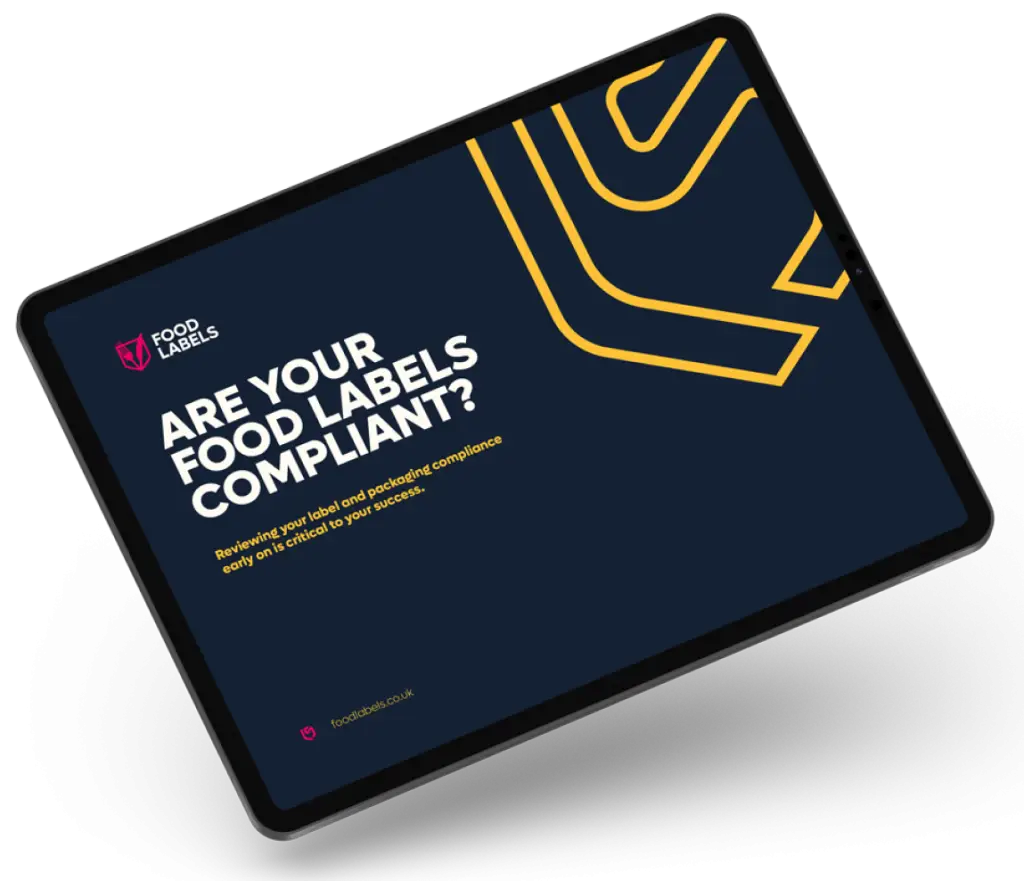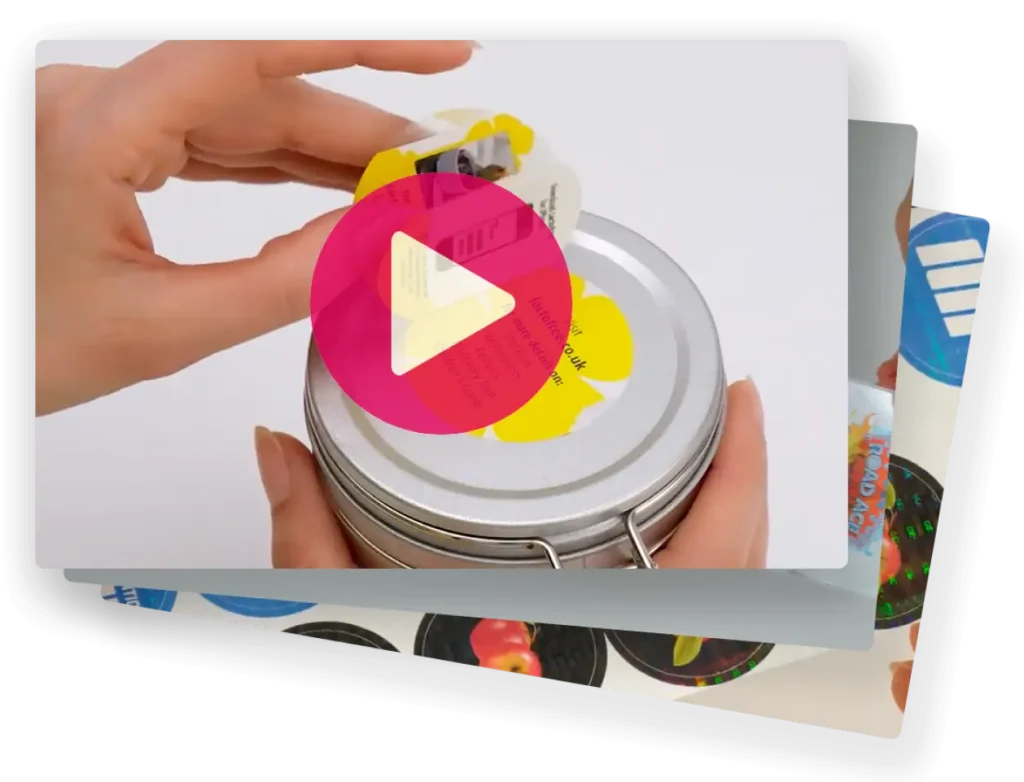Health (warning) labelling (wine and beer) FAQs
Health warning labelling on wine and beer provides consumers with important information about the potential risks associated with alcohol consumption. These labels typically include messages about drinking responsibly, risks during pregnancy, and alcohol content. They play a vital role in public health, helping consumers make informed choices and promoting safer drinking habits.
Health warning labels are not strictly required by law in the UK, but many producers choose to include them to promote responsible drinking. Voluntary labelling, supported by organization’s like the UK Alcohol Health Alliance, encourages producers to display warnings related to alcohol’s effects, especially for pregnant women and excessive consumption. This is often seen as good practice within the industry.
Health warning labels for wine and beer typically include messages like “Drink Responsibly” or “Please Enjoy in Moderation.” They also frequently feature the pregnancy warning symbol, which advises against alcohol consumption during pregnancy. Other common elements include the unit content of alcohol and a link to a responsible drinking website, such as Drinkaware.
To comply with alcohol labelling guidelines, businesses should follow industry best practices and voluntary standards set by organizations like the Portman Group and Drinkaware. Including essential elements such as alcohol units, pregnancy warnings, and health messages can help ensure the label meets UK expectations, even though specific health warnings are not legally mandated.
No, health warning labels for wine and beer are not fully standardized in the UK. While certain messages, such as the pregnancy warning and responsible drinking slogans, are commonly used, the design and exact wording can vary between producers. However, many manufacturers choose to adopt widely accepted symbols and phrases to align with industry norms.
Yes, adhesive health warning labels can be added to existing wine and beer packaging. This is a cost-effective way for producers to update their bottles or cans with the necessary health warnings without redesigning the entire label. It’s also a flexible solution for businesses that need to comply with different market requirements or consumer demands.
Health warning labels should be placed in a visible area on the bottle or can, typically on the back label alongside information like alcohol content and ingredients. Placement should ensure that the health messages are easy for consumers to see, but do not obscure key branding or product details. Clear visibility is crucial for effective communication of health risks.
Health warning labels for wine and beer can be made from durable materials like paper or synthetic films. These materials ensure the labels remain legible even in cold or wet conditions, such as refrigeration or chilling in ice. For long-lasting adherence, the labels should be designed to resist wear from handling or moisture exposure.
Permanent adhesives are commonly used for health warning labels on wine and beer bottles to ensure they remain securely attached throughout the product’s lifecycle. For products that may be exposed to moisture or cold temperatures, moisture-resistant adhesives are recommended to maintain label integrity and legibility.
While there is no legal mandate for specific health warnings on alcohol in the UK, there are voluntary guidelines and best practices recommended by industry groups. For example, the Portman Group suggests including unit information, pregnancy warnings, and links to responsible drinking websites. These practices promote public health awareness and responsible drinking without mandatory legal requirements.



















